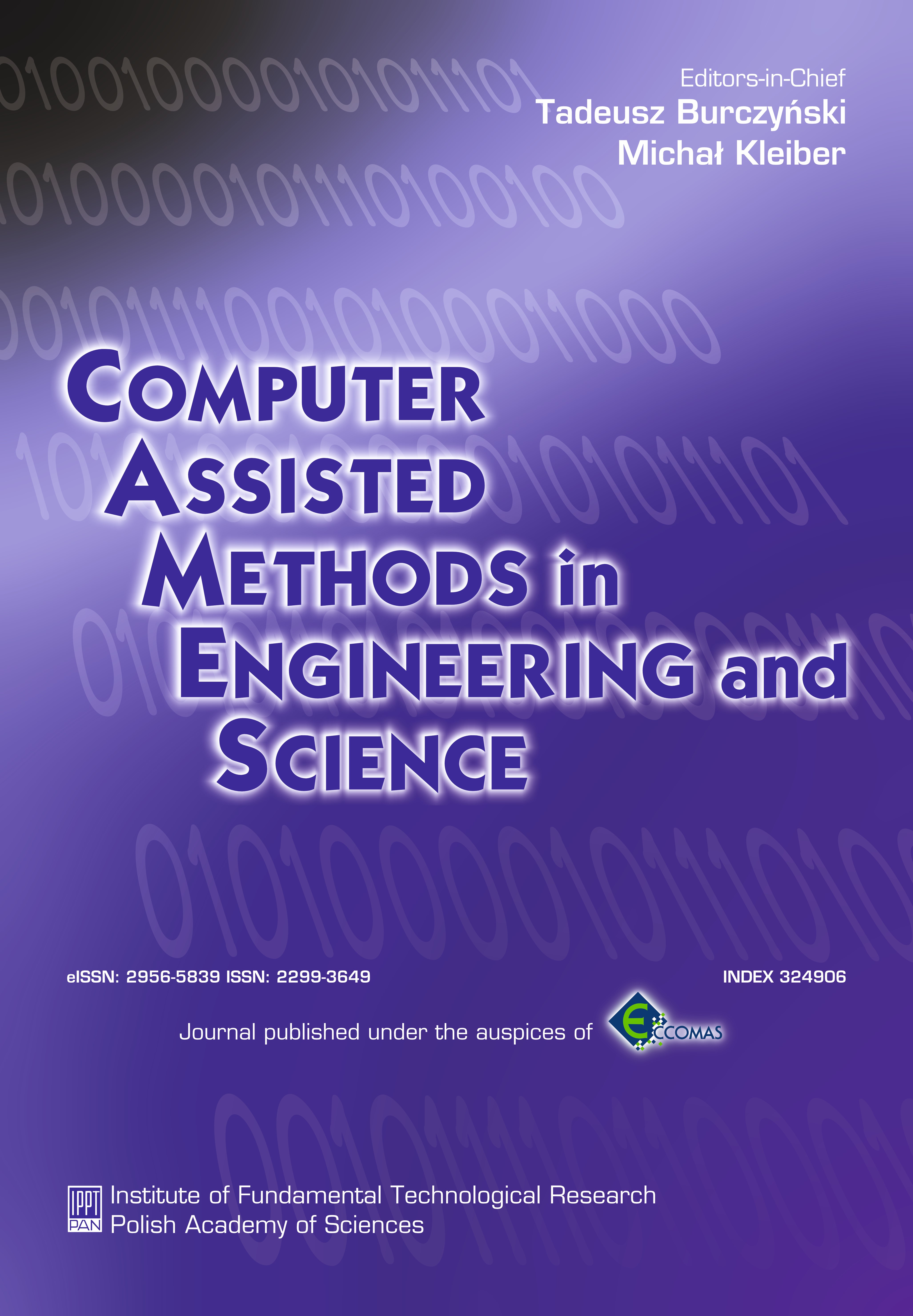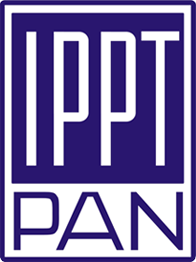Abstract
An assessment of structural reliability requires multiple evaluations of the limit state function for various realizations of random parameters of the structural system. In the majority of industrial applications the limit state functions cannot be expressed explicitly in terms of the random parameters but they are specified using selected outcomes of the FE analysis. In consequence, in order to be useful in practice, a structural reliability analysis program should be closely integrated with a FE module or it should be interfaced with an advanced external FE program. When the FE source code is not available, which is usually the case, the only option is to establish a communication between the reliability analysis program and an external FE software through the batch mechanism of data modification, job submission and results extraction. The main subject of this article is to present the reliability analysis capabilities of STAND software, which is being developed in the Institute of Fundamental Technological Research of Polish Academy of Sciences. A special emphasis is put on the issues related to its interfacing with external general purpose FE codes. It is shown that when shape type random variables are used, leading to modifications of the FE mesh, or when the limit state function contains numerical noise, standard algorithms for localizing the design point often fail to converge and a special method based on some response surface approximation is needed. A proposition of such a strategy that employs an adaptive response surface approximation of the limit state function is presented in this article. Development of a reliability analysis program is a challenging project and calls for such a code organization, which would facilitate a simultaneous work of many programmers and allow for easy maintenance and modifications. The so-called object-oriented programming seems to provide a convenient framework to realize these objectives. The object-oriented approach is used in STAND development. The advantages of this programming paradigm and a short description of the STAND's class hierarchy are presented in the text. The study is concluded with two numerical examples of interfacing STAND with state of the art commercial FE programs.
References
[2] K. Breitung. Asymptotic approximations for multinormal integrals. Journal of Engineering Mechanics, ASCE, 110: 357–366, 1984.
[3] A. Der Kiureghian, T. Haukaas, and K. Fujimura. Structural reliability software at the university of California, Berkeley. Structural Safety, 28: 44–67, 2006.
[4] O. Ditlevsen and H.O. Madsen. Structural Reliability Methods. Wiley, 1996.
[5] E.N. Dvorkin and K.J. Bathe. A continuum mechanics based four-node shell element for general nonlinear analysis. Eng Comput, 1: 77–88, 1984.
[6] L. Faravelli. Response surface approach for reliability analysis. J. of Engng. Mech., 115: 2763–2781, 1989.
[7] B. Fiessler, H.-J. Neumann, and R. Rackwitz. Quadratic limit states in structural reliability. Journal of Engineering Mechanics, ASCE, 105: 661–676, 1979.
[8] S. Gollwitzer, B. Kirchgäßner, R. Fischer, and R. Rackwitz. PERMAS-RA/STRUREL system of programs for probabilistic reliability analysis. Structural Safety, 28: 108–129, 2006.
[9] G. Johnson and W. Cook. A constitutive model and data for metals subjected to large stains, high strain rates and high temperatures. In 7th Symposium on Ballistics, The Hague, 1983.
[10] A. Karamchandani, P. Bjerager, and C.A. Cornell. Adaptive importance sampling. In A.H.-S. Ang, M. Shinozuka, and G.I. Schuëller, editors, Proceedings 5th International Conference on Structural Safety and Reliability, San Francisco. ASCE, 1989.
[11] M. Lemaire and M. Pendola. Phimeca-Soft. Structural Safety, 28: 130–149, 2006.
[12] M. Liefvendahl and R. Stocki. A study on algorithms for optimization of Latin hypercubes. Journal of Statistical Planning and Inference, 136: 3231–3247, 2006.
[13] P.-L. Liu and A. Der Kiureghian. Multivariate distribution models with prescribed marginals and covariances. Probabilistic Engineering Mechanics, 1(2):105–112, 1986.
[14] Mecalog SARL, 2 Rue de la Renaissance 92160 Antony, France. RADIOSS Input Manual, Version 4.2, 2000.
[15] R.E. Melchers. Simulation in time-invariant and time-variant reliability problems. In R. Rackwitz and P. Thoft-Christensen, editors, Reliability and Optimization of Structural Systems ’91, Proc. 4th IFIP WG 7.5 Conf., Munich, 11–13 September 1991, pages 39–82. Springer-Verlag, 1992.
[16] R.E. Melchers. Structural Reliability Analysis and Predictions, 2nd Ed. Wiley, 1999.
[17] M.F. Pellissetti and G.I. Schueller. On general purpose software in structural reliability – an overview. Structural Safety, 28: 3–16, 2006.
[18] S. Reh, J.D. Beley, S. Mukherjee, and E.H. Khor. Probabilistic finite element analysis using ANSYS. Structural Safety, 28: 17–43, 2006.
[19] G.I. Schueller. Structural reliability – recent advances. In: Proc. 7th ICOSSAR’97, Kyoto, pages 3–33. Balkema, Rotterdam, 1998.
[20] G.I. Schuëller and R. Stix. A critical appraisal of methods to determine failure probabilities. Structural Safety, 4: 293–309, 1987.
[21] R. Stocki, P. Tauzowski, and M. Kleiber. Efficient sampling techniques for stochastic simulation of structural systems. Computer Assisted Mechanics and Engineering Sciences, 14: 127–140, 2007.
[22] R. Stocki, P. Tauzowski, and J. Knabel. Reliability analysis of a crashed thin-walled s-rail accounting for random spot weld failures. International Journal of Crashworthiness, 13:693–706, 2008.
[23] B. Stroustrup. C++ Programming Language (special Edition). Addison Wesley, 2000.
[24] B.H. Thacker, D.S. Riha, L.J. Fitch, S.H.K. Huyse, and J .B. Pleming. Probabilistic engineering analysis using the NESSUS software. Structural Safety, 28: 83–107, 2006.
[25] Y. Zhang and A. Der Kiureghian. Finite element reliability methods for inelastic structures. Report No. UCB/SEMM-97/05, Department of Civil & Enviromental Engineering, University of California, Berkeley, CA, 1997.
[26] T. Zou, S. Mahadevan, Z.P. Mourelatos, and P. Meernik. Reliability analysis of automotive body–door subsystem. Reliability Engineering and System Safety, 78: 315–24, 2002.


